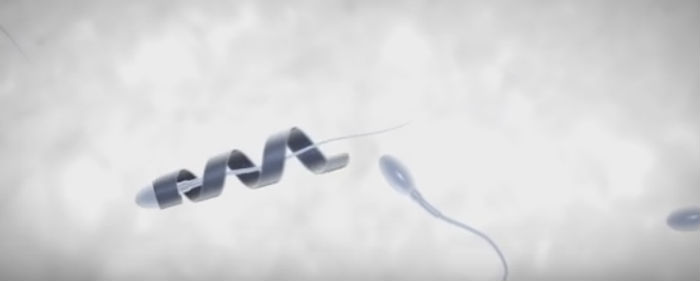Researchers equip sperm with micromotors to help women get pregnant
One of the top causes of infertility stems for sperm that do not propel well enough. In order to help women trying to conceive, researchers have given these cells a boost — developing what they call “spermbots” in an attempt to improve upon existing methods of insemination.
Researchers Mariana Medina-Sánchez, Lukas Schwarz, Oliver G. Schmidt and their team from the Institute for Integrative Nanosciences at IFW Dresden in Germany constructed tiny metal helices just large enough to fit around the tail of a sperm and then controlled their movements with a rotating magnetic field.
Their tests showed that the motors can be directed to slip around a sperm cell, drive it to an egg for potential fertilization and then release it. Although more work needs to be done before their technique can reach clinical testing, the success of their initial demonstration is a start.
Their report appears in ACS’ journal Nano Letters.
Watch the video below for more information.
Video via American Chemical Society.


Comments are closed, but trackbacks and pingbacks are open.